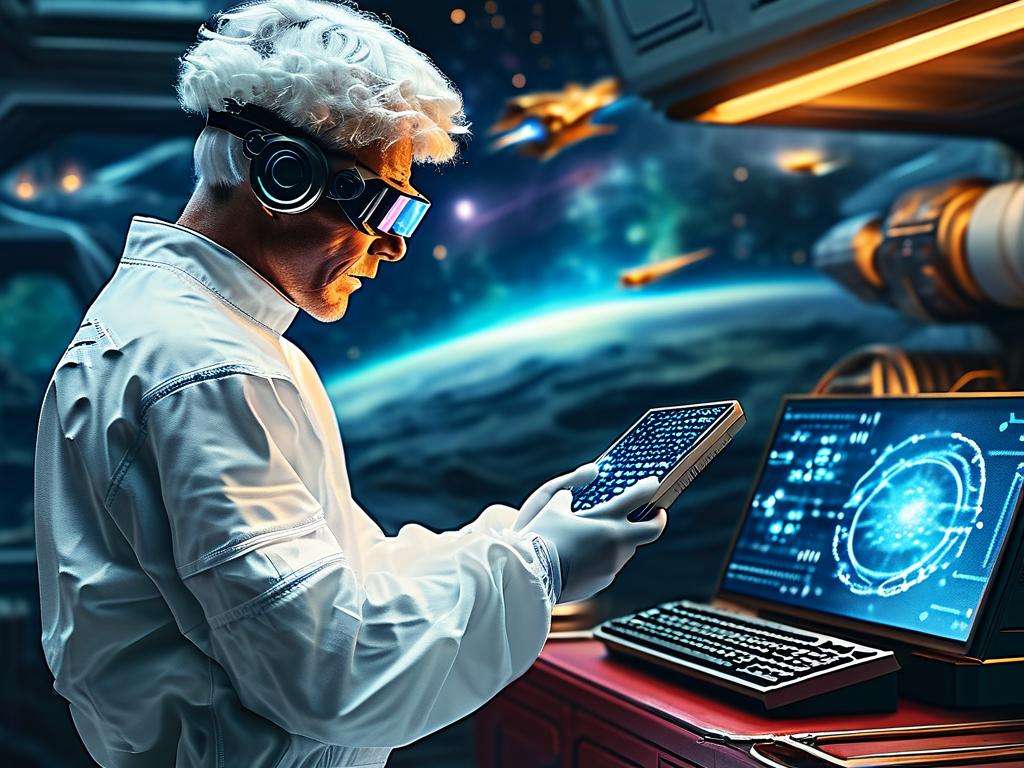The intersection of quantum science and modern information technology has quietly reshaped the trajectory of innovation, unlocking possibilities once confined to theoretical speculation. While classical computing and communication systems dominate daily life, the principles of quantum mechanics are increasingly becoming the backbone of breakthroughs in encryption, data processing, and artificial intelligence. This article explores how quantum theories transcend academic curiosity to redefine the boundaries of what technology can achieve.
Quantum Foundations in Digital Infrastructure
At the heart of quantum science lies the concept of superposition—the ability of particles to exist in multiple states simultaneously. This principle challenges the binary logic of classical computing, where bits operate as either 0 or 1. Quantum bits (qubits), by contrast, exploit superposition to perform parallel computations, exponentially increasing processing power. Companies like IBM and Google have already demonstrated quantum supremacy in solving specific problems far beyond the reach of traditional supercomputers.
Another cornerstone is quantum entanglement, a phenomenon where particles become intrinsically linked regardless of distance. This property underpins quantum communication protocols, enabling ultra-secure data transmission. For instance, China’s Micius satellite leverages entangled photons to achieve hack-proof communication—a milestone with profound implications for cybersecurity.

From Theory to Tangible Applications
Quantum algorithms, such as Shor’s algorithm for factoring large numbers, threaten to disrupt classical encryption methods like RSA. While this poses risks to existing security frameworks, it also drives innovation in post-quantum cryptography. Organizations like NIST are actively standardizing encryption techniques resistant to quantum attacks, ensuring a seamless transition as quantum computing matures.
In healthcare and logistics, quantum simulations are accelerating drug discovery and optimizing supply chains. Pharmaceutical firms use quantum models to predict molecular interactions, reducing trial-and-error experimentation. Similarly, companies like D-Wave apply quantum annealing to solve complex optimization problems, from traffic routing to energy distribution.
The AI-Quantum Synergy
Artificial intelligence thrives on data, and quantum computing offers unprecedented speed in training machine learning models. Quantum neural networks, though still experimental, promise to handle high-dimensional datasets—such as genomic sequences or climate models—with unmatched efficiency. Startups like Zapata Computing are pioneering hybrid systems that integrate classical and quantum processors to enhance predictive analytics.
Moreover, quantum-enhanced sensors are refining data collection. These devices detect minute changes in magnetic fields or gravitational waves, enabling advancements in materials science and early earthquake detection. Such innovations blur the line between physical and digital realms, fostering a new era of interconnected intelligence.

Challenges and Ethical Considerations
Despite its promise, quantum technology faces hurdles. Qubits are notoriously fragile, requiring near-absolute-zero temperatures to maintain coherence. Scaling quantum systems while minimizing error rates remains a technical Everest. Additionally, the energy demands of quantum infrastructure clash with global sustainability goals, necessitating eco-friendly innovations.
Ethically, the democratization of quantum power raises concerns. Nations or corporations with quantum capabilities could monopolize strategic advantages, widening geopolitical divides. Transparent governance frameworks and international collaboration will be critical to ensuring equitable access and preventing misuse.
The Road Ahead
The fusion of quantum science and IT is not a distant vision but an unfolding reality. As research institutions and tech giants invest billions into quantum R&D, the next decade will likely witness hybrid systems bridging classical and quantum paradigms. Education systems must adapt to cultivate a workforce skilled in quantum literacy, ensuring society harnesses this revolution responsibly.
In , quantum mechanics is no longer the exclusive domain of physicists—it is the silent architect of tomorrow’s digital landscape. By embracing its potential and addressing its challenges, humanity stands poised to unlock solutions for some of the most pressing global issues, from climate change to healthcare disparities.









